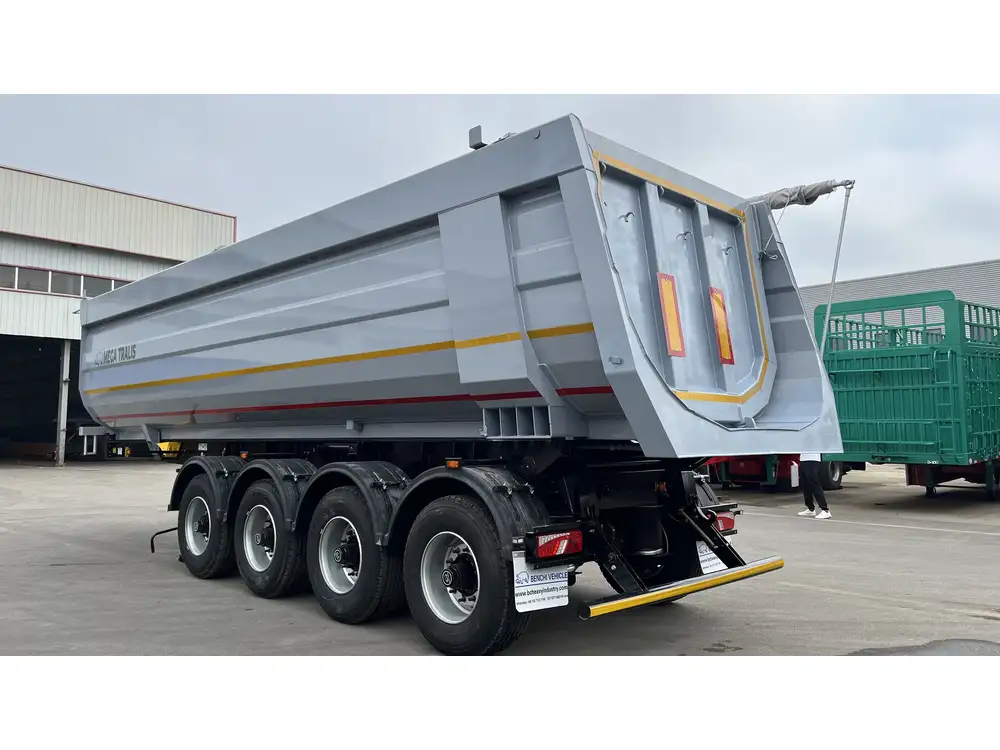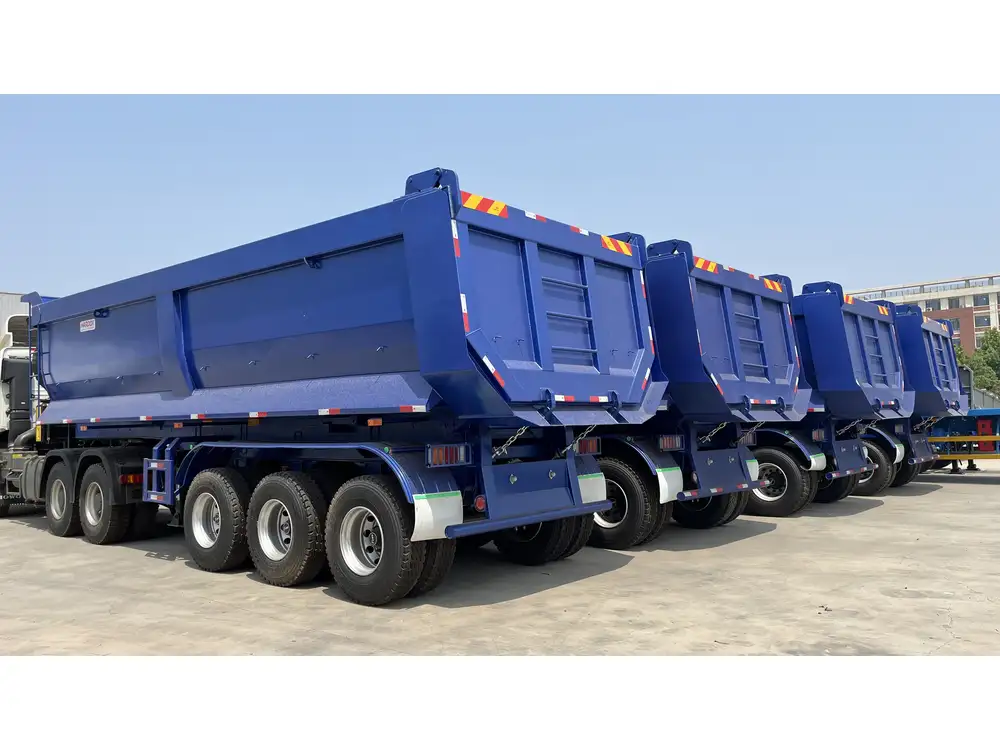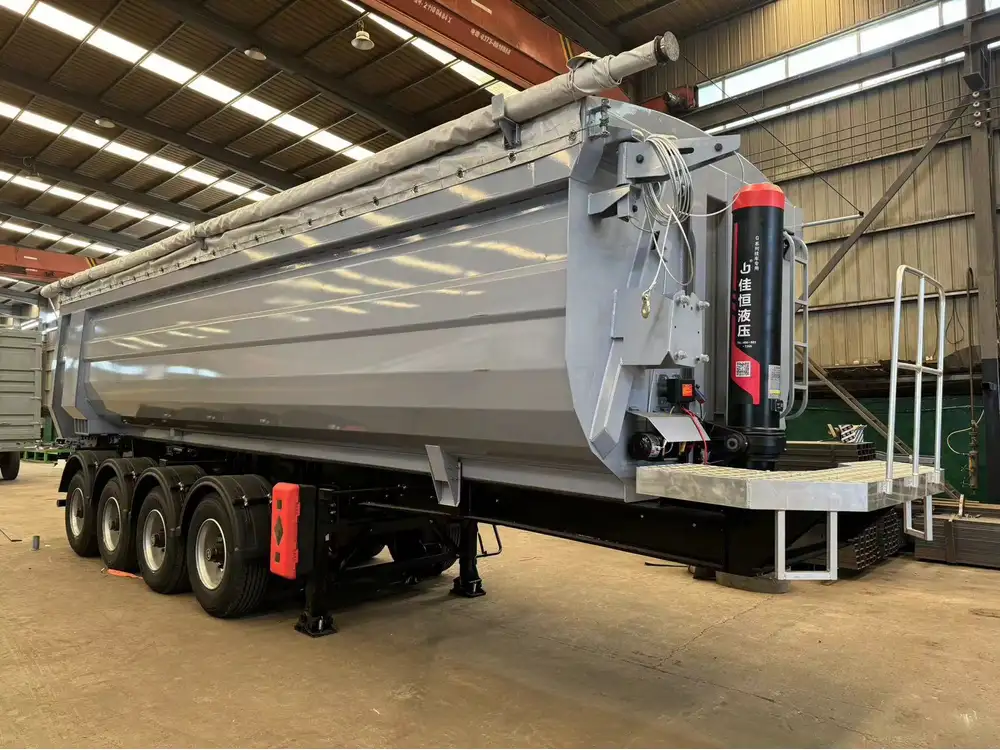In the world of transport and logistics, the importance of a durable and practical trailer floor cannot be overstated. Whether you’re hauling freight, livestock, or construction materials, the semi-truck trailer floor significantly influences the performance, safety, and longevity of your trailer. For those considering the robust plywood option for trailer flooring, this detailed guide will walk you through the entire process, ensuring you achieve optimal results that comply with industry standards and enhance your operational efficiency.
Why Choose Plywood for Semi Truck Trailer Flooring?
Before diving into the how-to, it’s important to understand why plywood is a preferred material for trailer floors:
- Strength and Durability: Plywood can withstand heavy loads and provides excellent structural integrity, making it perfect for long-distance hauls.
- Weight Efficiency: Compared to solid wood or other materials like steel, plywood is lighter, reducing the overall weight of the trailer, thereby improving fuel efficiency.
- Cost-Effectiveness: Plywood is generally less expensive than other materials while maintaining a high-quality load-bearing capacity.
- Moisture Resistance: When treated properly, plywood can resist moisture and prevent warping or rotting, making it suitable for various hauling conditions.
Types of Plywood Suitable for Trailers
Not all plywood is created equal, and understanding the different options available can significantly impact your choice:
| Plywood Type | Description | Best Use Cases |
|---|---|---|
| Marine Plywood | Made with waterproof glue and highly resistant to rotting. | Ideal for environments with high moisture exposure. |
| Exterior Plywood | Treated for exterior use; can resist limited moisture. | Good for dry conditions or with proper sealing. |
| Structural Plywood | Engineered for strength, offering high load-bearing capacity. | Best for high-load applications. |

Preparing for Plywood Installation
Preparation is crucial to ensure a smooth and successful installation of plywood flooring on your semi truck trailer. Here are the key steps to follow:
Step 1: Gather Your Tools and Materials
Before starting the installation, you’ll need to ensure you have all the necessary tools and materials:
Materials Needed:
- High-quality plywood sheets (preferably marine-grade)
- Wood sealant or VOC-free adhesive
- Screws or bolts (stainless steel is recommended)
- Steel reinforcements (if required)
- Waterproofing paint or varnish
Tools Required:
- Circular saw or table saw
- Drill with screwdriver bits
- Measuring tape
- Level
- Sledgehammer (for stubborn bolts)
- Safety equipment (gloves, goggles, masks)
Step 2: Measure the Trailer Floor
Accurate measurements are paramount. Use a measuring tape to determine the dimensions of the trailer’s existing flooring, noting any irregularities or sections needing replacement. Record the measurements carefully, ensuring you account for any potential overlaps or cuts in the plywood.

Step 3: Remove the Old Flooring
If you are replacing existing flooring, remove it carefully to avoid damaging the underlying structure of the trailer. Inspect the trailer floor for signs of wear, rot, or damage. Any compromised areas should either be reinforced or replaced before installing the new plywood.
Step 4: Clean the Surface
Once the old floor is removed, thoroughly clean the surface. Remove any debris, dust, or remnants of previous adhesives. Doing this will ensure a smooth installation for the new plywood sheets.
Installing the Plywood Flooring
Having prepared correctly, you can now proceed with the installation process:

Step 5: Cut the Plywood to Size
Utilizing the measurements you previously took, cut the plywood sheets to size. Use a circular or table saw to achieve clean and accurate cuts. Be sure to handle the sheets carefully, as they can be heavy and cumbersome.
Step 6: Dry Fit the Plywood
Before securing the plywood in place, perform a dry fit. Lay the cut pieces onto the trailer floor and adjust as necessary. This step allows you to make any final adjustments before final installation and assessing the fit.
Step 7: Secure the Plywood
Secure the plywood sheets to the trailer frame using stainless steel screws or bolts. Space the fasteners approximately 12 inches apart along the edges and in the center of each sheet. This spacing ensures a secure attachment while accommodating slight expansion and contraction of the plywood material.

Step 8: Seal Joints and Edges
To protect against moisture and ensure durability, seal the joints and exposed edges of the plywood. Apply waterproofing paint or varnish to the entire surface. This step is crucial, as it prevents moisture from penetrating and causing damage over time.
Step 9: Reinforce High-Stress Areas
For added strength, consider placing steel reinforcements in high-stress areas, especially near the edges where the weight typically bears down the most. Position these reinforcements at regular intervals based on the load capacity your trailer is expected to handle.
Maintenance Considerations for Plywood Floors
Plywood floors will require maintenance to prolong their lifespan. Here are some actionable tips to keep your trailer flooring in top-notch condition:

Regular Inspections
Conduct routine inspections for cracks, warping, or moisture accumulation. This proactive approach allows you to address minor issues before they escalate into major repairs.
Cleanliness is Key
Regularly clean the trailer floor to remove any debris or spillage that might lead to rot. Keeping the surface clear also enhances traction and safety during loading and unloading.
Reapply Sealants
As time goes by, the sealants may wear down. Reapply waterproofing sealant every few years, or sooner if you notice a decline in performance. This measure will ultimately safeguard your investment.

Protect from Heavy Impacts
Consider using rubber mats or additional padding where heavy items are loaded or unloaded. This precaution helps minimize the risk of puncturing or impacting the plywood flooring.
Conclusion
In the realm of transportation, ensuring your semi truck trailer floor is equipped with durable, effective materials like plywood is essential. Following this comprehensive guide will not only empower you to perform the installation correctly but also help extend the life of your trailer, optimize its performance, and enhance safety.
Investing time in preparation, precise measurement, and careful installation will pay dividends in maintaining a dependable and efficient semi truck trailer. Whether you’re a small operator or part of a large shipping fleet, the resilience of your equipment directly impacts your bottom line. Embrace these practices, and your trailer’s plywood flooring will stand the test of time while effectively meeting your transport needs.



